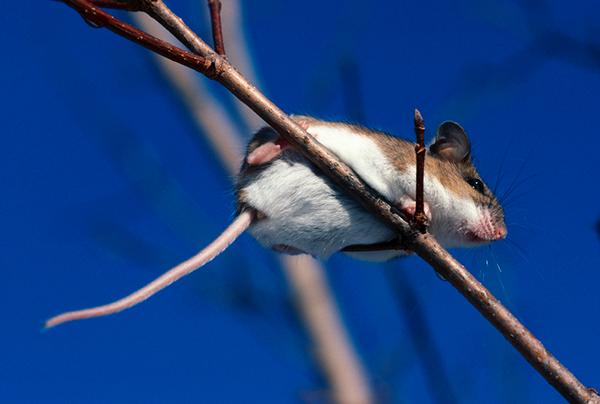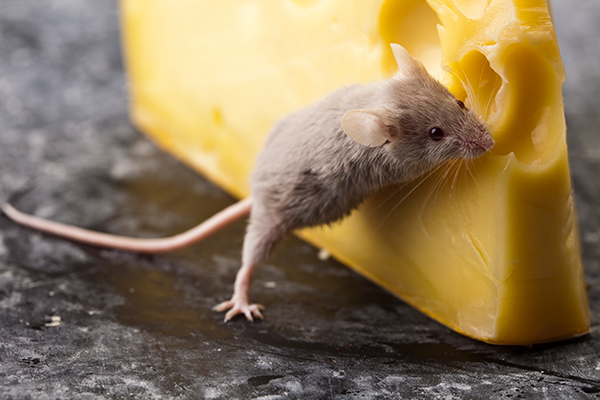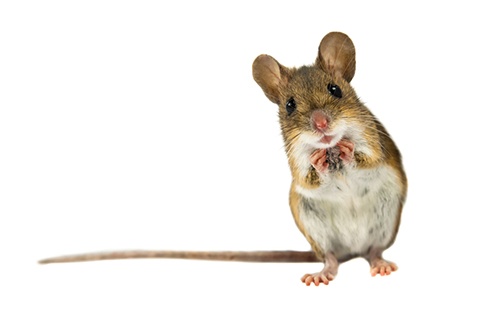Winter Termite Threat
Are Termites Active in the Winter? Termites DO remain active year round – even in cold winters. Cold temperatures bring some changes in the daily routine of subterranean termite colonies. In cooler climates, subterranean termites typically move deeper into the ground during the cold season to access the warmth they need to survive. Foraging tunnels…
Details









